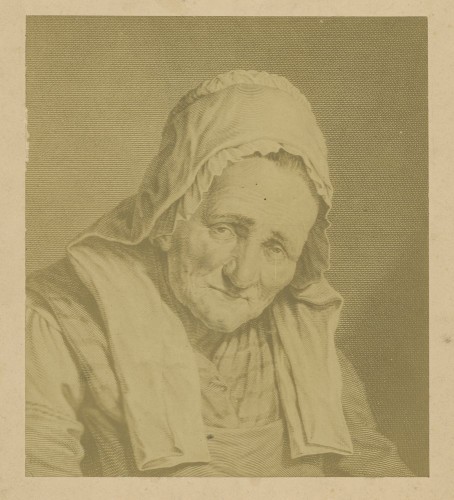 A human powered student room. Image: Golnar Abbasi.
A human powered student room. Image: Golnar Abbasi.
- A human can generate at least as much power as a 1m2 solar panel on a sunny day.
- Unlike solar and wind energy, human power is always available, no matter the season or time of day. There’s little need for energy storage.
- Unlike fossil fuels, human power can be a clean power source.
- Unlike solar panels, wind turbines, and batteries, humans don’t need to be manufactured in a factory.
- Unlike all other power sources, human power increases as the human population grows.
- Human power is an all-round power source. Humans not only supply muscle power that can be converted into mechanical energy or electricity, they also produce thermal energy, especially during exercise. Finally, human waste can be converted to biogas and fertiliser.
Human power is the most sustainable power source on Earth.
Quoted from Human Power Plant, a work-in-progress by Low-tech Magazine and Melle Smets. More about the project later.






